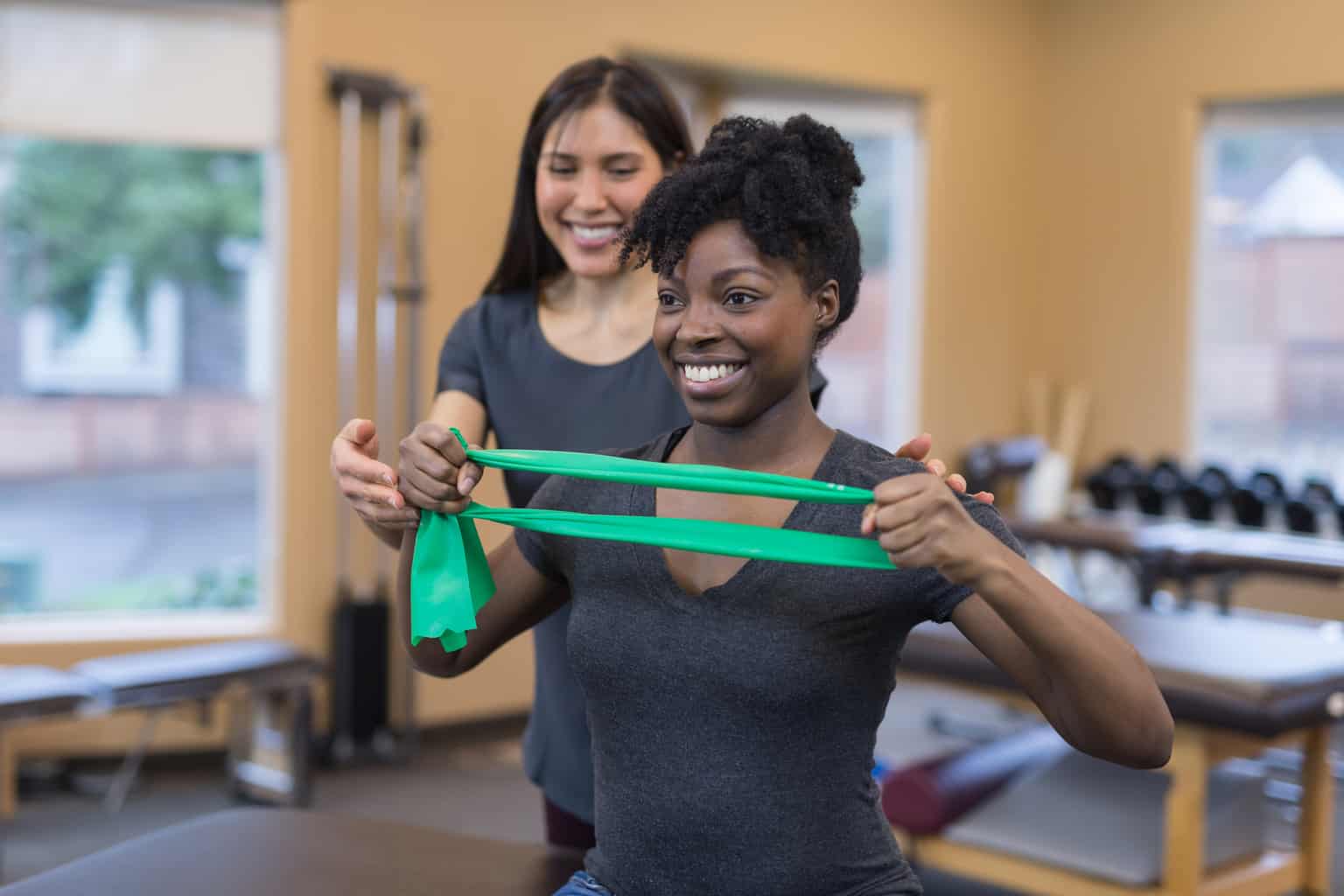
Physical Therapy Orthopedics
Physical therapy may be recommended for individuals who are experiencing the following conditions that may be limiting their return to work, sport, and/or their regular daily activities:
Orthopedic Conditions:
- Musculoskeletal disorders (pain or injuries related to spine, joints, muscles, nerves, tendons, ligaments, or bones)
- Sprains or strains
- Injuries or pain related to the spine (neck/back), shoulder, elbow, hip, knee, foot, or ankle
- Surgical patients for pre/rehabilitation
- Chronic (lasting a long time) pain
- TMJ disorders
- TMJ (temporomandibular joint) is the joint connection between your jaw and your skull. This joint opens and closes your mouth, acting as a sliding hinge that allows for up and down and side to side movement such as chewing, yawning and singing.
At your first appointment, the physical therapist will take a detailed medical history and complete an examination. A typical examination includes an assessment of: posture, strength, coordination, balance, flexibility, mobility, function and pain. Following the initial evaluation, your physical therapist will suggest a treatment plan based on the test results. This may include additional visits as well as exercises to perform at home in order to achieve progress and to reach the goals that you have discussed with your physical therapist.

